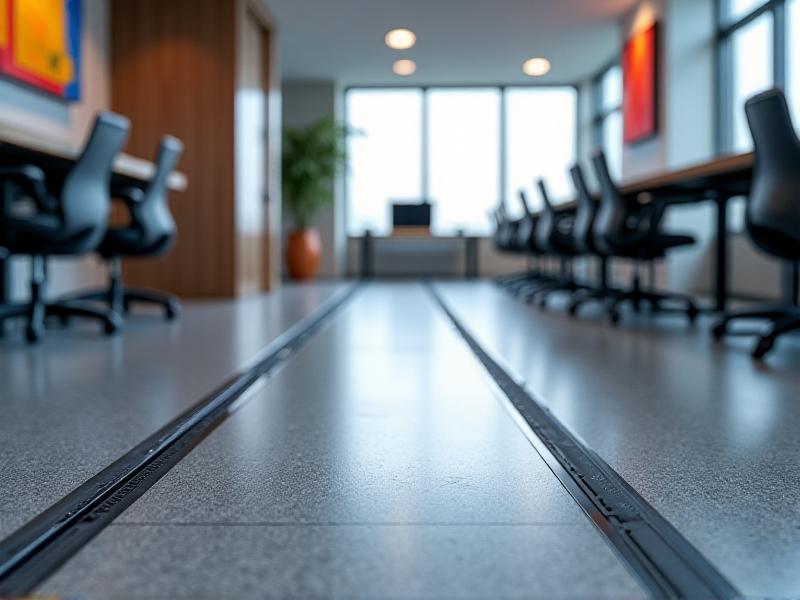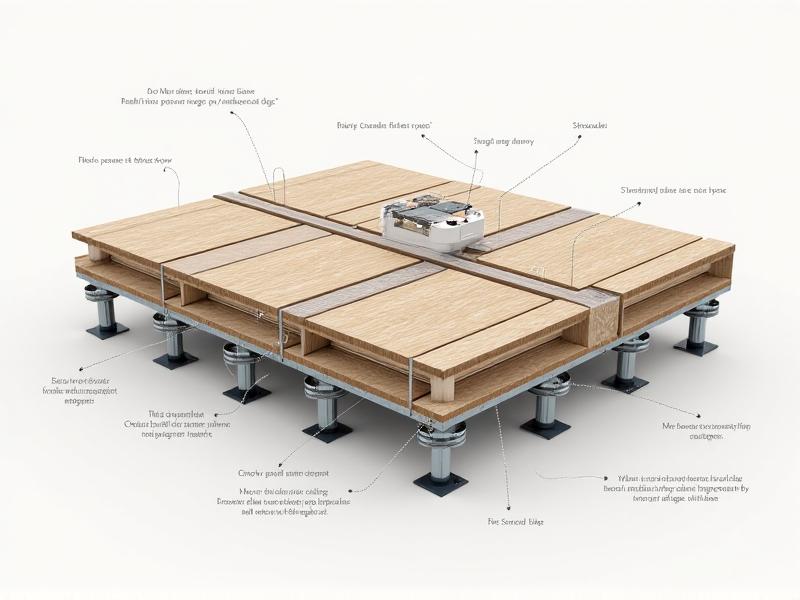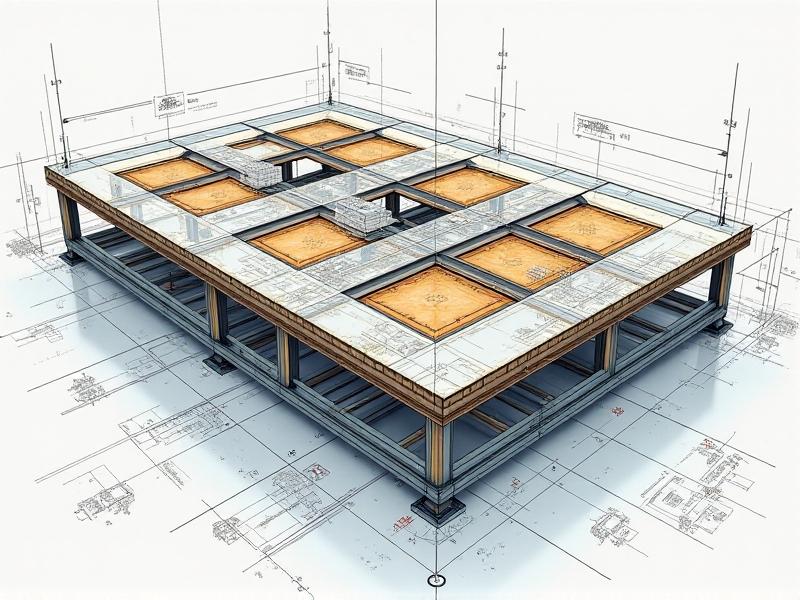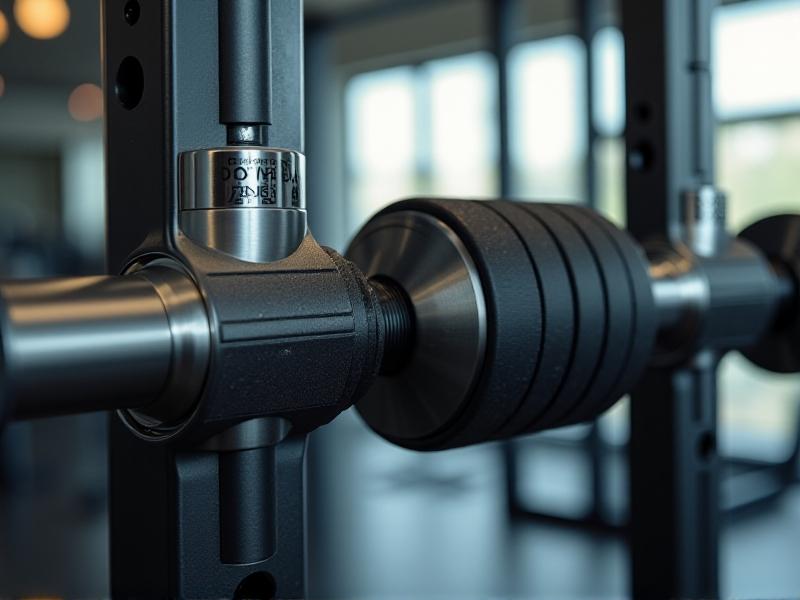Adjustable Floor System Specifications
Understanding Adjustable Floor Systems
Adjustable floor systems have become a cornerstone in modern architecture and interior design. These systems offer unparalleled flexibility, allowing spaces to be reconfigured quickly and efficiently. Whether it’s for office spaces, data centers, or residential buildings, adjustable floor systems provide a dynamic solution to meet evolving needs. The core idea behind these systems is to create a raised floor that can be easily modified to accommodate changes in layout, wiring, or even structural requirements. This adaptability not only enhances functionality but also contributes to sustainability by reducing the need for costly renovations.
One of the key benefits of adjustable floor systems is their ability to integrate seamlessly with other building systems. For instance, they can be designed to work in harmony with HVAC systems, electrical wiring, and even plumbing. This integration ensures that the floor system is not just a standalone component but a vital part of the building’s infrastructure. Moreover, the materials used in these systems are often chosen for their durability and environmental impact, making them a sustainable choice for modern construction projects.

Key Components of Adjustable Floor Systems
To fully appreciate the functionality of adjustable floor systems, it’s essential to understand their key components. The primary elements include the floor panels, pedestals, and stringers. Floor panels are the visible part of the system and are typically made from high-strength materials like steel, aluminum, or composite materials. These panels are designed to be lightweight yet durable, capable of withstanding heavy loads while maintaining their structural integrity.
Pedestals are the vertical supports that elevate the floor panels above the subfloor. They are adjustable in height, allowing for precise leveling and alignment. This adjustability is crucial for accommodating uneven subfloors or changes in the building’s layout. Stringers, on the other hand, are horizontal supports that connect the pedestals, providing additional stability and rigidity to the system. Together, these components create a robust and flexible floor system that can be tailored to meet specific requirements.

Design Considerations for Adjustable Floor Systems
When designing an adjustable floor system, several factors must be taken into account to ensure optimal performance and functionality. One of the primary considerations is the intended use of the space. For example, a data center will have different requirements compared to an office or a residential building. In a data center, the floor system must support heavy equipment and provide efficient cable management, while in an office, the focus might be on creating a flexible and ergonomic workspace.
Another critical factor is the load-bearing capacity of the floor system. This includes not only the weight of the furniture and equipment but also the potential for dynamic loads, such as foot traffic or moving machinery. The materials used in the floor panels and supports must be chosen to withstand these loads without compromising the system’s integrity. Additionally, the design should consider factors like fire resistance, acoustics, and thermal insulation, ensuring that the floor system contributes to the overall safety and comfort of the building.

Installation Process of Adjustable Floor Systems
The installation of an adjustable floor system is a complex process that requires careful planning and execution. The first step is to prepare the subfloor, ensuring that it is clean, level, and free of any obstructions. Once the subfloor is ready, the pedestals are installed at the designated locations, and their height is adjusted to achieve the desired level. The stringers are then attached to the pedestals, creating a grid-like structure that will support the floor panels.
After the supports are in place, the floor panels are laid on top, starting from one corner and working across the room. Each panel is carefully aligned and secured to ensure a seamless and stable surface. Throughout the installation process, it’s essential to monitor the level and alignment of the floor system, making any necessary adjustments to maintain precision. Once the installation is complete, the floor system is inspected to ensure that it meets all safety and performance standards, ready to be used in the intended space.
Maintenance and Longevity of Adjustable Floor Systems
Proper maintenance is crucial to ensure the longevity and performance of an adjustable floor system. Regular inspections should be conducted to check for any signs of wear or damage, such as cracks in the floor panels or loose pedestals. Any issues should be addressed promptly to prevent further deterioration and maintain the system’s integrity. Cleaning is also an essential aspect of maintenance, as dirt and debris can accumulate in the gaps between the panels, potentially affecting the system’s functionality.
In addition to routine maintenance, it’s important to consider the long-term durability of the materials used in the floor system. High-quality materials that are resistant to corrosion, moisture, and wear will ensure that the system remains functional and aesthetically pleasing for years to come. Furthermore, the design of the floor system should allow for easy access to the underlying infrastructure, facilitating any necessary repairs or upgrades. By investing in proper maintenance and choosing durable materials, adjustable floor systems can provide a reliable and long-lasting solution for any space.
Applications of Adjustable Floor Systems in Various Industries
Adjustable floor systems have a wide range of applications across various industries, each with its unique set of requirements. In the office environment, these systems are used to create flexible workspaces that can be easily reconfigured to accommodate changing needs. This adaptability is particularly valuable in open-plan offices, where the layout may need to be adjusted frequently to optimize space and collaboration.
In data centers, adjustable floor systems play a critical role in managing the complex infrastructure required to support servers and other equipment. The raised floor allows for efficient cable management and ventilation, ensuring that the equipment operates at optimal temperatures. Similarly, in healthcare facilities, these systems are used to create sterile environments that can be easily cleaned and reconfigured to meet the needs of patients and staff. The versatility of adjustable floor systems makes them an invaluable tool in a variety of settings, from commercial buildings to industrial facilities.
Future Trends in Adjustable Floor Systems
As technology continues to advance, the future of adjustable floor systems looks promising, with several trends emerging that are set to redefine their functionality and design. One of the most significant trends is the integration of smart technology into floor systems. This includes the use of sensors and IoT devices to monitor the condition of the floor, track usage patterns, and even predict maintenance needs. Such innovations will enhance the efficiency and longevity of adjustable floor systems, making them even more valuable in modern construction.
Another trend is the focus on sustainability, with manufacturers increasingly using eco-friendly materials and production methods. This includes the use of recycled materials, as well as designs that minimize waste and energy consumption during production. Additionally, there is a growing demand for customizable floor systems that can be tailored to meet the specific needs of a project, whether it’s for aesthetic purposes or functional requirements. As these trends continue to evolve, adjustable floor systems will remain at the forefront of innovative building solutions, offering unparalleled flexibility and sustainability.







